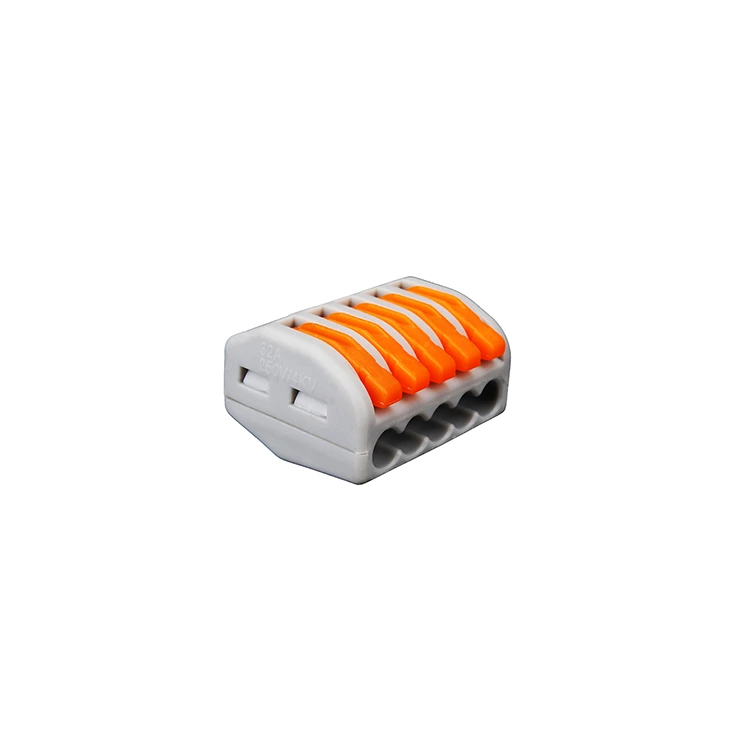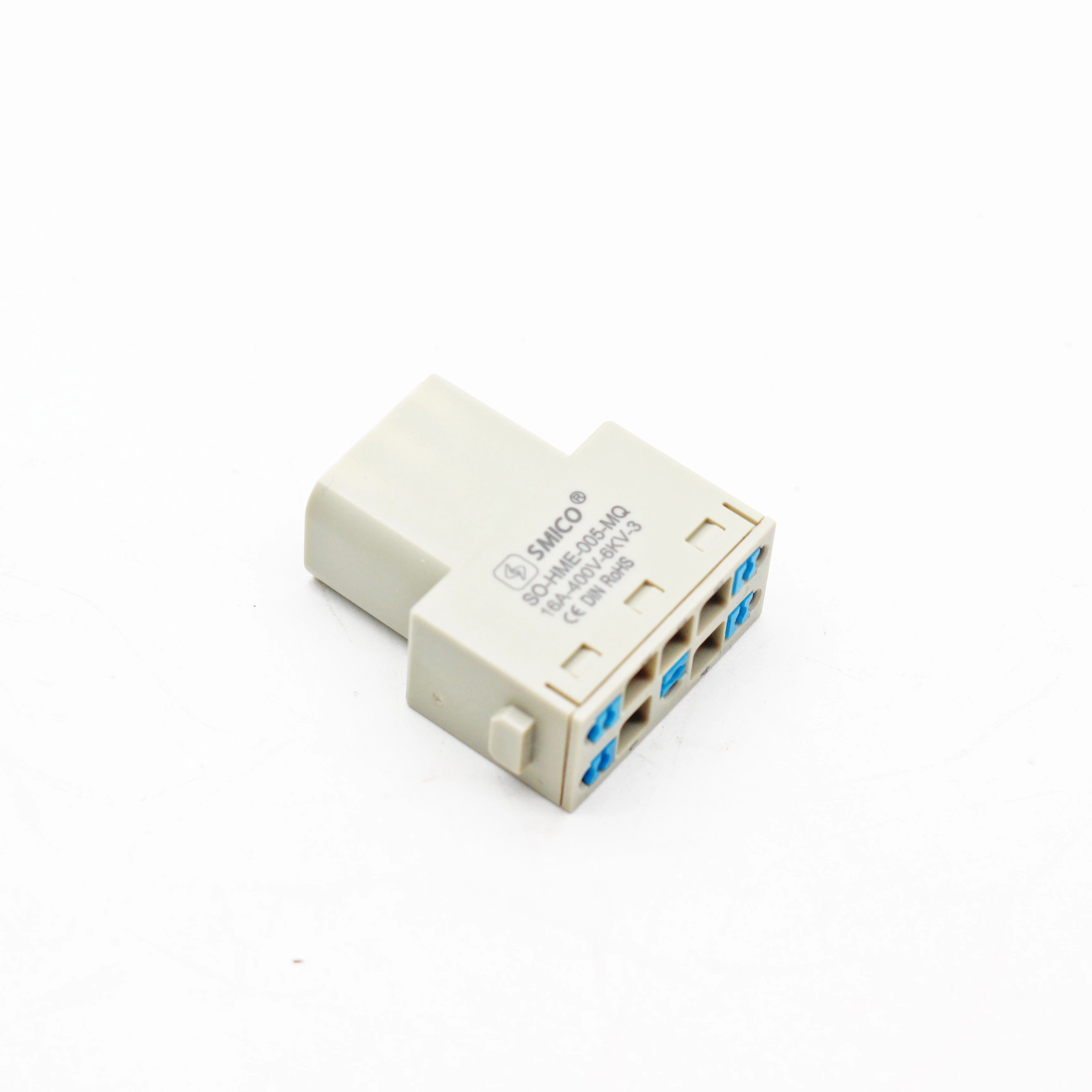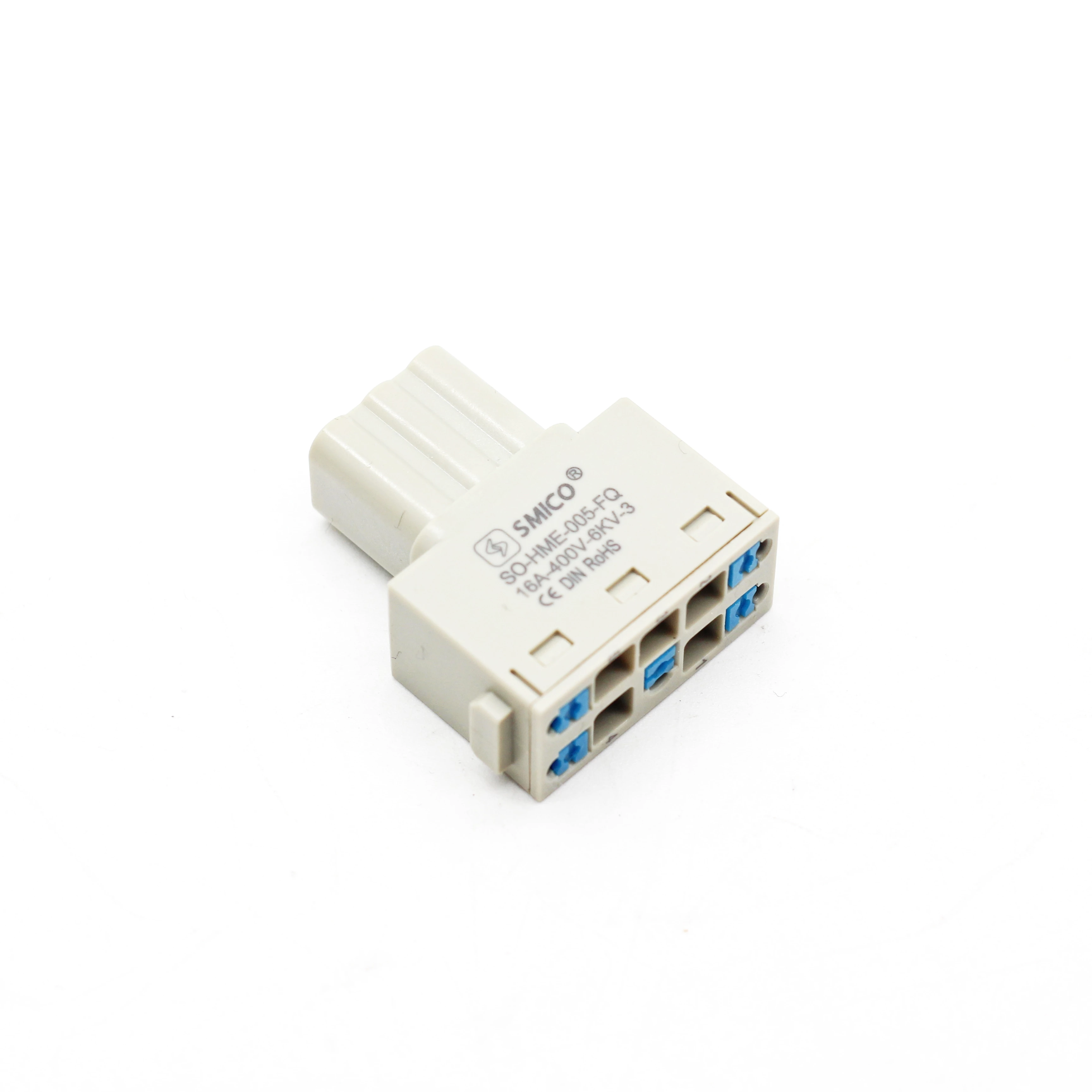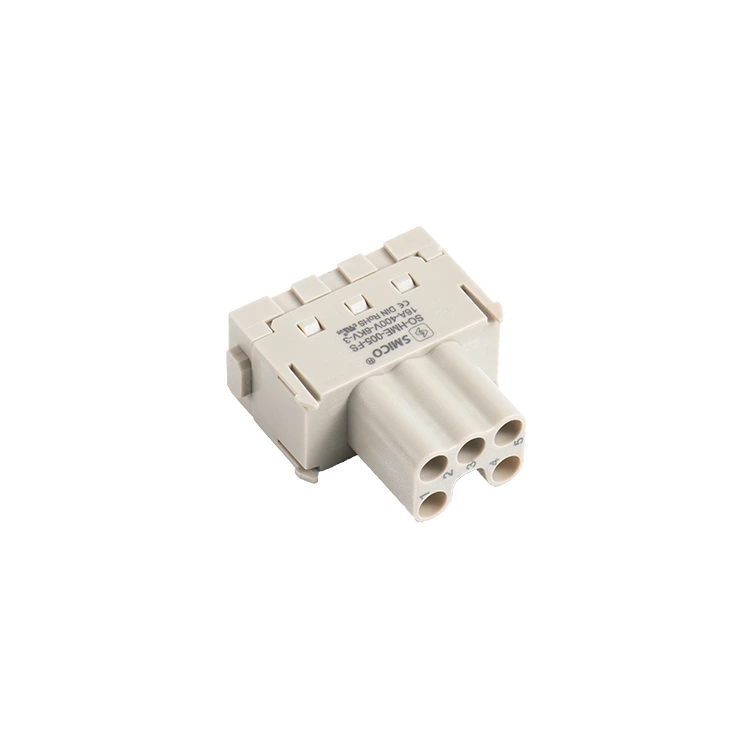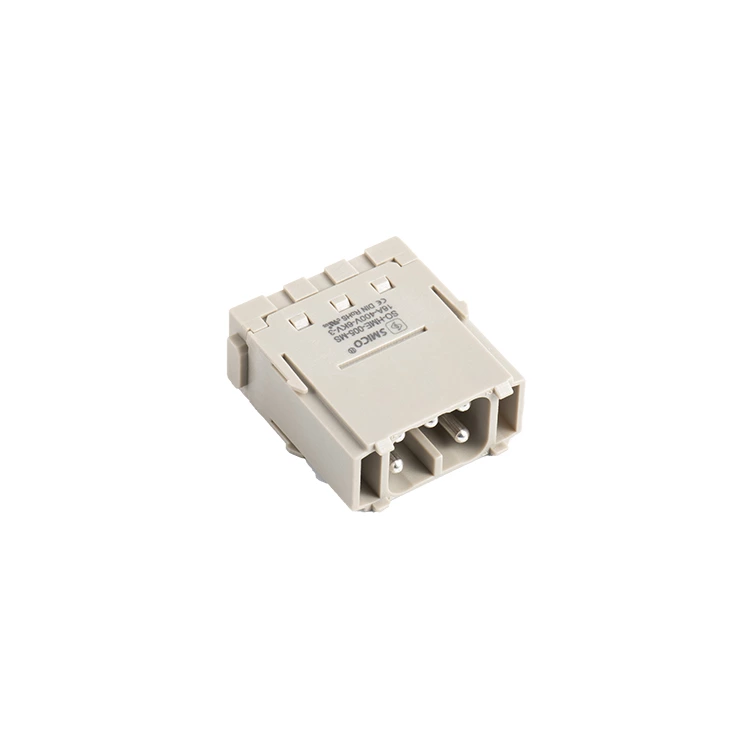Energy Storage Industry Research Report: Energy Storage Is Experiencing A Boom In Development
1. energy storage connector is an indispensable element for the development of new energy
1.1 Global new energy power generation share increases
The world is vigorously developing new energy, and the share of new energy power generation increases
New energy contributes mainly to the growth of global power generation. In terms of total volume, the total global power generation in 2020 will exceed 25,000 TWh, of which fossil fuels (thermal power) will still be the main power generation energy source, accounting for more than 70% of power generation; while the total share of new energy power generation will increase significantly, accounting for more than 25% in 2020.
In terms of increment, in 2011, the proportion of global new energy in new power installed capacity exceeded that of traditional energy, and reached 83% in 2020. It is expected that it will continue to dominate the new installed capacity market in the future.
1.2 New energy has increased its requirements for grid flexibility
The output of new energy power generation is unstable and misaligned with the peak of electricity consumption
The output of new energy power generation is misaligned with the peak of electricity consumption and is unstable. First of all, from the perspective of electricity consumption patterns, 10 am and 8 pm are the two peaks respectively. However, wind power and photovoltaic power stations have greater output in the early morning and noon, respectively, and there is a big difference between their output time distribution and power load. Secondly, seasons and weather will also cause fluctuations and instability in the output of new energy power generation, and other power measures are needed to assist in improving the stability of the power grid.
The further development of new energy power generation requires the flexibility of the power grid to be improved. When the unstable factors of new energy power generation cause the system power supply to exceed demand, it will lead to the abandonment of new energy power generation, resulting in resource waste; when the unstable factors of power generation cause the system power supply to be less than demand, it will lead to load reduction and power shortage. Therefore, when the output of new energy does not match the power load, flexible regulation resources are needed as a medium for regulation, so as to improve the ability of the power system to regulate upward and downward, so that the power system can achieve a dynamic balance between supply and demand. In 2020, the installed capacity of traditional flexible regulation resources (such as gas) in my country accounted for only 4.46%, and areas rich in new energy resources often lack traditional flexible regulation resources. In the future, with the increase in the proportion of new energy power generation, the problem of unstable new energy power generation will become increasingly prominent, and the insufficient regulation capacity of the power system needs to be solved urgently. The demand for flexible regulation resources in my country will further increase. (Source: Report Research Institute)
1.3 battery storage connector becomes the fourth indispensable element of the new power system
*** vigorously guides the development of storage connector
Energy storage has become the fourth indispensable element of the new power system. On February 25, 2021, the National Development and Reform Commission and the National Energy Administration issued the "Guiding Opinions on Promoting the Integration of Power Source, Grid, Load and Storage and the Development of Multi-energy Complementarity", which clarified the implementation path of source, grid, load and storage integration, and explored the construction of a new power system with highly integrated source, grid, load and storage by optimizing and integrating local power supply, grid and load resources, supported by advanced technological breakthroughs and institutional mechanism innovation.
2. Electrochemical energy storage stands out among many solutions
2.1 Electrochemical energy storage will stand out
Energy storage technology paths are mainly divided into mechanical energy storage, electromagnetic energy storage, electrochemical energy storage and other energy storage
Currently, energy storage technology paths are mainly divided into mechanical energy storage, electromagnetic energy storage, electrochemical energy storage and other energy storage. Among them, pumped storage in mechanical energy storage is the most widely used technology in the energy storage market due to its most mature technology, but pumped storage is highly dependent on geographical conditions. Electrochemical energy storage is the most popular energy storage technology in the market, which is mainly divided into four types of energy storage batteries: lithium batteries, lead-acid batteries, flow batteries, and sodium-sulfur batteries. Among them, lithium-ion battery technology is relatively mature and has entered the stage of large-scale mass production. It is the fastest-growing and largest electrochemical energy storage technology.
2.2 Three major application scenarios of electrochemical energy storage
① Power generation side
Energy storage accounts for the largest proportion on the power generation side, and its main functions include smoothing output, frequency/voltage regulation, and peak shaving and valley filling. Among them, peak shaving and valley filling is the most core function of energy storage on the power generation side, that is, to absorb abandoned wind and solar power when new energy is at its peak; to discharge when new energy is insufficient, to smooth power output and improve the utilization rate of new energy power generation.
②Grid side
The functions of energy storage on the grid side are mainly power auxiliary services, including peak load regulation, frequency regulation, reactive power regulation, power system standby and black start. Peak load regulation and frequency regulation are the main auxiliary means. Peak load regulation refers to the energy storage system charging from the grid during the "valley" period with low power load; during the "peak" period with high power load, the energy storage system discharges to the grid to smooth the distribution of power demand; frequency regulation refers to the regulation system of each operating unit in the grid changing the power of the unit according to its own static characteristics when the power load changes and the grid frequency changes, or by increasing or decreasing the load of some units to restore the frequency of the grid, so as to adapt to the needs of external load changes.
③User side
The main functions of energy storage on the user side include "peak load shaving and valley filling", new energy consumption and capacity management. Among them, "peak load shaving and valley filling" is the most important business model on the user side, which can be used for arbitrage and energy storage. For general industrial and commercial users, energy storage is usually used to charge when electricity prices are cheap and discharge when electricity prices are expensive, so as to reduce the cost per kilowatt-hour. For users such as 5G base stations and data centers, power outages will bring huge losses, so energy storage plays a more backup power role. (Report source: Report Research Institute)
2.3 Model innovation and cost reduction enhance the economic efficiency of electrochemical energy storage
Shared energy storage model improves economic efficiency and becomes a new promoter of energy storage
From the perspective of business model, if energy storage power stations only provide services for a single new energy power station, the utilization rate is low; energy storage facilities serving a single new energy station often have scattered resources, difficult management and high operating costs; energy storage at scattered stations is difficult to achieve unified dispatch and settlement, and cannot participate in a variety of grid-side auxiliary services, and the business model is difficult to commercialize.
Shared energy storage broadens the path of energy storage revenue, which is expected to solve the above problems and bring new opportunities for energy storage on the power generation side. Shared energy storage refers to the construction of a shared energy storage power station at a new energy collection station. The energy storage power station signs an electricity fee settlement agreement with new energy power stations and power supply companies within or outside the region. When the new energy power station is affected by power restrictions, the dispatching agency (grid) will store the abandoned wind and photovoltaic power in the shared energy storage system, and release the power when the load side is at peak power consumption or there is space for acceptance. The unified dispatching and management of energy storage power stations is realized.
III. The era of electrochemical energy storage is coming
3.1 Rapid growth of global electrochemical energy storage
In 2021, the global new energy storage will reach 10.2GW, a year-on-year increase of 117%
In 2021, the cumulative installed capacity of power storage projects put into operation worldwide is 209.4GW, a year-on-year increase of 9%. Among them, the cumulative installed capacity of new energy storage accounts for 12.2%, which is 25.4GW, a year-on-year increase of 67.7%, and lithium-ion batteries account for more than 90% of the new energy storage market share.
3.2 China's electrochemical energy storage development accelerates
In 2021, China added 2.4GW/4.9GWh of new energy storage
According to CNESA's calculations, in 2021, China's total installed capacity of power storage projects put into operation was 46.1GW, accounting for 22% of the global market, a year-on-year increase of 30%. Among them, in 2021, new energy storage increased by 2.4GW/4.9GWh, and the cumulative installed capacity reached 5.73GW, a year-on-year increase of 75%. Lithium-ion batteries accounted for 89.7% of the new energy storage market.
Judging from the situation of new energy storage planning and construction projects, China's new energy storage will move towards large-scale development in 2021: a total of 865 projects planned, under construction, and put into operation in 2021, with a total capacity of 26.3GW. Among them, the new energy storage projects put into operation are mainly small and medium-sized projects of 10-50MW, accounting for 46%; the planned/under-construction energy storage projects are mainly large-scale projects of 50MW and above, accounting for 85%, of which more than 70 100MW projects are planned and under construction. Most of the 100MW projects are in the form of independent energy storage/shared energy storage, and have the basis and conditions for the grid to play a system-level role in terms of volume.
IV. Electrochemical energy storage space calculation
4.1 China: Wind and solar power storage contribute the main incremental contribution on the power generation side
Wind and solar power storage dominates the growth of energy storage on the power generation side
In 2019-2021, China's new photovoltaic installed capacity was 30.22, 48.75, and 52.57GW respectively. According to CAPI's forecast, under the three scenarios of conservative, optimistic and neutral, China's newly installed photovoltaic capacity in 2022-2026 will be 75, 80, 85, 90, 95GW, 90, 95, 100, 110, 116GW, 83, 88, 93, 100, 106GW, respectively, with a five-year compound growth rate of 13%, 17% and 15% respectively.
From 2019 to 2021, China's newly installed wind power capacity will be 24.88, 72.50 and 46.83GW respectively. 2020 is the first year of onshore wind power subsidies, resulting in a rush to install onshore power. After 2020, the growth rate of wind power installed capacity will return to a stable level. According to GWEC's forecast, China's new onshore wind power installed capacity will be 46.28, 50.18, 49.68, 50.15, and 52.81GW in 2022-2026, accounting for 46%, 49%, 47%, 42%, and 41% of the world's new wind power installed capacity, with a five-year compound growth rate of 12%; China's offshore wind power installed capacity is expected to increase by 39GW in 2022-2026, accounting for 43% of the world.
4.2 China: The grid-side energy storage space is relatively limited
In 2022-2026, the grid-side new energy storage will increase by about 18GWh
Core assumption 1: The grid side only plays a role in peak regulation; the grid-side frequency regulation demand rate is generally 3%~5%, the thermal power frequency regulation demand is about 2%, and the wind and solar power are more volatile, assuming an annual increase of 0.4%.
Core Assumption 2: According to CNECA statistics, the installed capacity of grid-side energy storage in 2021 is 2.01GW, and the penetration rates of electrochemical frequency regulation and peak regulation are 2.12% and 0.04% respectively; it is assumed that the penetration rate of energy storage frequency regulation will increase by 1% each year from 2022 to 2024. The peak regulation penetration rate is 0.01%; the penetration rate of energy storage frequency regulation in 2025-2026 is 2%, and the peak regulation penetration rate is 0.02%.
Core Assumption 3: The current density of electrochemical frequency regulation is large (2C), the capacity is small, and the time is short; the current density of electrochemical peak regulation is small (1C), the capacity is large, and the charging and discharging time is long; it is assumed that the time of electrochemical frequency regulation and peak regulation is 1h and 2h respectively.
Conclusion: We estimate that the cumulative power of grid-side energy storage in 2022-2026 will be 4.33, 6.28, 8.74, 13.53, and 19.58GWh respectively, and the incremental new energy storage on the grid side in 2022-2026 will be about 18GWh.
4.3 China: User-side energy storage demand will continue to grow
From 2022 to 2026, the incremental amount of new energy storage on the user side will be about 13GWh
Core Assumption 1: The New Energy Blue Book 2021 predicts that the total electricity consumption in 2025 will be 9.5 trillion kWh, assuming that the growth rate of electricity consumption will decrease year by year from 5% to 3% from 2022 to 2026.
Core Assumption 2: It is assumed that energy storage configuration will still be dominated by industry and commerce from 2022 to 2026, and the proportion of industrial and commercial electricity consumption in the total electricity consumption of society will remain at 86% from 2022 to 2026.
Core Assumption 3: Electrochemical energy storage penetration rate = cumulative installed capacity of energy storage on the power consumption side / industrial and commercial power; According to CNECA statistics, the installed capacity of energy storage on the user side in 2021 is 1.37GW, so it can be calculated that the electrochemical energy storage penetration rate in 2021 is 0.08%; it is assumed that the growth rate of electrochemical energy storage penetration rate will increase by 0.01% annually from 2022 to 2026.
Core Assumption 4: Assume that the charging and discharging time of each energy storage set is 2h from 2022 to 2024.
Conclusion: We estimate that the cumulative power of grid-side energy storage in 2022-2026 will be 4.25, 6.17, 8.55, 11.44, and 14.89GWh respectively, and the incremental new energy storage on the grid side in 2022-2026 will be about 13GWh.
5. Sorting out the key links of non-cell electrochemical energy storage
5.1 Composition of electrochemical energy storage system
Electrochemical energy storage system involves many links
The upstream of the energy storage industry is mainly battery manufacturing, including positive and negative materials, electrolytes, diaphragms, etc.; the midstream is the integrator of energy storage system, including the design of the entire energy storage system and the selection of multiple subsystems such as battery packs, battery management systems, energy management systems, energy storage converters, etc.; after the EPC package manufacturer builds, it is used for power generation, grid, and electricity consumption. (Report source: Report Research Institute)
There are many companies involved in the energy storage field, mainly including energy storage technology providers represented by CATL, China National Energy Storage, and EVE Power, energy storage PCS providers represented by SENENG Electric, Kehua Digital Energy, and Soying Electric, and energy storage system integrators represented by Haibosichuang, Electric Times, and Kehua Digital Energy.
5.2 Electrochemical Energy Storage Temperature Control System
Lithium batteries have strict requirements on operating temperature, and the temperature control system plays an important role
The range between 15°C and 35°C is the best operating temperature range for the battery to achieve full performance. This temperature range is also the most effective, reliable and safest temperature range for battery operation. Exceeding the standard range will reduce battery capacity, slow down chemical reactions and increase life cycle costs.
Due to the temperature requirements of lithium battery operation, the temperature control system is extremely important for the good operation of lithium battery energy storage systems. The main temperature control solutions currently include integrated top-outlet air conditioning + duct precise air supply solution, split hot and cold channel isolation solution, top-mounted air conditioning + duct precise air supply solution, integrated bottom-outlet solution, air-cooled cold water type temperature control solution, etc.
5.3 Electrochemical Energy Storage Fire Fighting System
As a rigid demand for energy storage cabinets, the fire fighting system plays a role in early warning and disaster prevention
According to incomplete statistics, there were 50 fire and explosion accidents in energy storage power stations worldwide from 2011 to 2021. The main causes of the accidents were defects in the battery management system and thermal runaway of lithium batteries. Therefore, the fire fighting system plays a role in early warning and disaster prevention as a rigid demand for energy storage cabinets.
The fire fighting system is mainly composed of fire detectors, fire controllers, sound and light alarms, communication controllers, sound and light alarms, manual switches and fire extinguishing devices. The system can detect fire hazards in time and send out early warning and alarm signals during the fire hazard period and the initial stage of occurrence. When the predetermined fire determination conditions are met, the fire extinguishing device is automatically activated to extinguish the fire in its infancy, thereby achieving the purpose of protecting the safety of energy storage containers.
The value of the fire fighting system accounts for about 2%-4% of the overall value, about 40,000-160,000/MWh.




